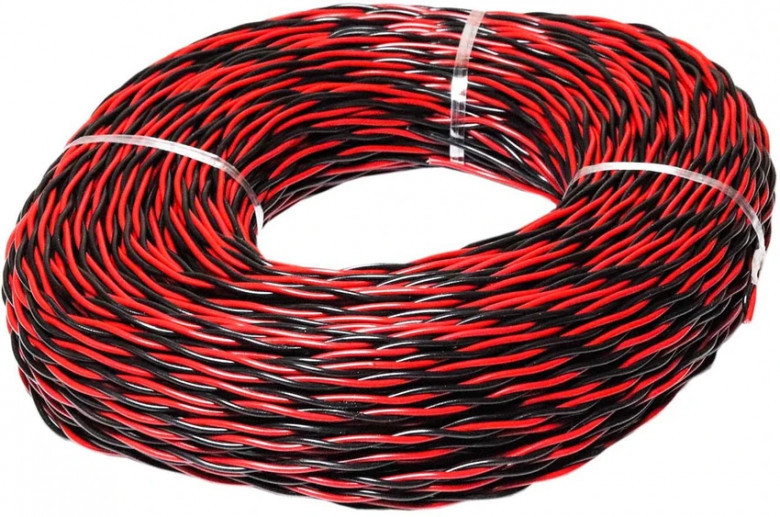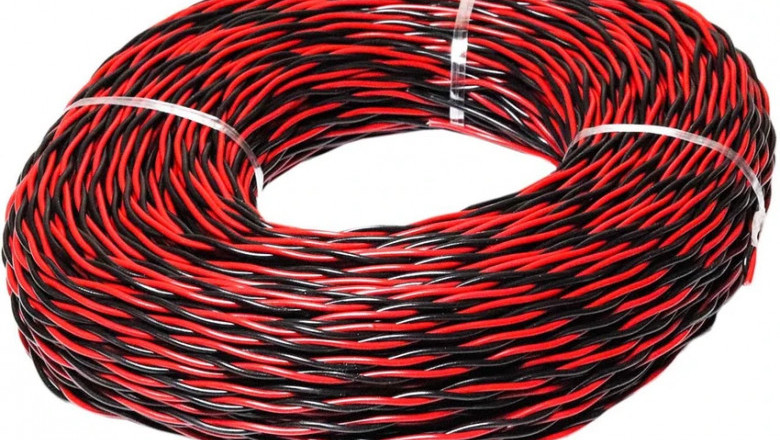views

Wires are one of the fundamental building blocks of modern technology and infrastructure. Whether it’s powering homes, enabling telecommunications, or forming part of industrial machinery, wires serve a crucial role in connecting systems and enabling functionality. This blog delves into the world of wires—what they are, the different types, their core applications, and how they are evolving to meet modern needs.
What is a Wire?
A wire is a single, usually cylindrical, flexible strand or rod of metal used to bear mechanical loads or electricity and telecommunications signals. Wires are made from materials with high conductivity—typically copper or aluminum—and are often insulated with materials like PVC to prevent electric shocks and short circuits.
Key Components of a Wire
-
Conductor: This is the central metal strand that carries current. Copper is the most common conductor due to its excellent conductivity.
-
Insulation: This layer surrounds the conductor and prevents leakage of current. It ensures the safe and effective functioning of the wire.
-
Sheathing (optional): In industrial or outdoor wiring, an additional protective layer called sheathing is used to provide resistance to heat, water, oil, or mechanical damage.
Types of Wires
Understanding the types of wires helps in choosing the right one for your needs. Below are the most common categories:
1. Solid Wire
Solid wires consist of a single metal core. They are less flexible but provide better conductivity. Ideal for:
-
Internal electrical systems in buildings
-
Breadboards in electronic devices
2. Stranded Wire
Made up of multiple small wires twisted together, stranded wires offer more flexibility and are used in:
-
Automobile wiring
-
Speaker cables
-
Portable devices
3. Braided Wire
These are composed of small wires woven into a braid. They offer durability and are used where vibration resistance is crucial:
-
Shielded cables
-
Electrical appliances
4. Coaxial Cable
Used mainly for cable television and internet connections, coaxial cables consist of a central conductor, insulation, metallic shield, and outer insulation.
5. Ribbon Cable
Flat and wide, these are used in computers and other electronic systems where space is limited and multiple conductors are needed in one cable.
Uses of Wires in Everyday Life
Wires are integrated into nearly every aspect of daily life, from basic domestic applications to complex industrial uses.
1. Residential and Commercial Wiring
Wires are used in:
-
Power distribution in buildings
-
Lighting and fan connections
-
Air conditioner installations
-
Data and telephone lines
2. Automotive Sector
Modern vehicles use kilometers of wire to:
-
Connect sensors and controllers
-
Power electronic control units (ECUs)
-
Integrate infotainment systems
3. Industrial and Manufacturing
Wires are essential in:
-
Conveyor systems
-
Heavy machinery
-
Robotic systems
4. Telecommunications
Fiber-optic wires and copper cables play key roles in transmitting data over long distances efficiently.
Characteristics of Good Wiring
A good wire ensures safety, efficiency, and durability. Here are some characteristics to look for:
-
Conductivity: High electrical conductivity (usually copper).
-
Flexibility: Required for areas with movement or vibration.
-
Thermal Resistance: Should handle heat without degrading.
-
Durability: Must withstand wear and tear, chemicals, or weather.
-
Color Coding: Helps in identifying live, neutral, and ground wires in a system.
Innovations in Wire Technology
With the rise of smart homes, electric vehicles, and IoT, wires have become more intelligent and application-specific. Innovations include:
-
Heat-Resistant Wires: Used in kitchens and industrial settings.
-
Shielded Wires: To reduce electromagnetic interference in communication systems.
-
Eco-Friendly Wires: Made using recyclable materials.
-
Smart Cables: Equipped with chips or embedded sensors to monitor performance.
Companies like Hexadecimal Software are helping drive innovation by developing software solutions that support wire-based product configuration, circuit planning, and load management—enabling more efficient electrical setups in both residential and industrial spaces.
Choosing the Right Wire
When choosing a wire for your home or project, consider the following:
-
Load Capacity: Choose wires that can handle the power requirements of your devices or systems.
-
Application Type: Indoor vs outdoor, high-temperature areas, underwater use, etc.
-
Insulation Material: Ensure it suits the environmental conditions (heat, moisture, chemicals).
-
Standard Certification: Always pick wires that conform to safety standards such as ISI or BIS marks in India.
Installation and Maintenance
Proper installation of wiring is crucial to avoid hazards such as electrical fires or shock. Here are a few best practices:
-
Use conduit pipes to protect wires in walls.
-
Avoid overloading a single wire with too many devices.
-
Periodically inspect for wear and tear.
-
Always hire licensed professionals for high-load or industrial installations.
Smart home systems such as those developed by Hexahome are increasingly integrating advanced wiring with automation features like remote control, energy monitoring, and security management, offering a new era of convenience, efficiency, and safety.
Environmental Impact and Recycling
Discarded wires, especially those made with plastic insulation and metal cores, contribute to electronic waste. Fortunately, copper and aluminum are recyclable. Proper disposal and recycling practices can minimize environmental damage. There is also a growing trend of using biodegradable or recyclable insulation materials.
Conclusion
Wires are silent enablers of the modern world. From lighting up homes to driving industrial growth and connecting the digital universe, wires form the invisible backbone of nearly all infrastructures. As technologies continue to evolve, so do the wires—becoming smarter, safer, and more sustainable. Whether you're wiring a new home, upgrading an office, or managing an industrial plant, understanding wires and their functions can help you make smarter, safer decisions.
By referencing companies like Hexadecimal Software and Hexahome, we can appreciate how digital innovation and smart technology are improving even something as foundational as wiring—making the future of connectivity more efficient and intelligent.














Comments
0 comment